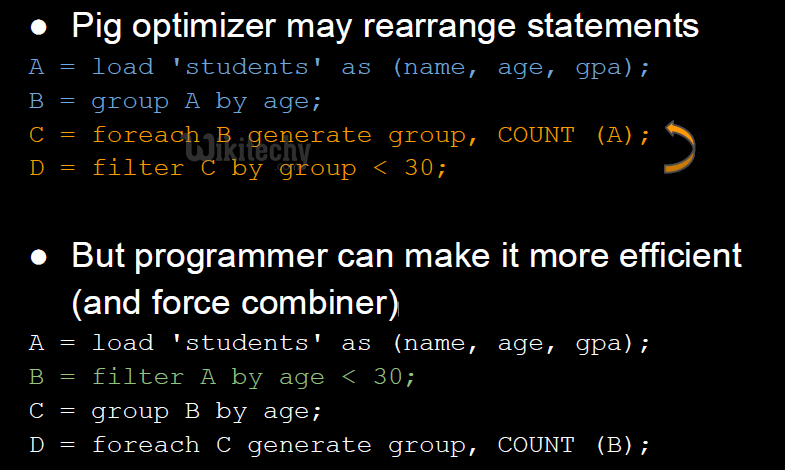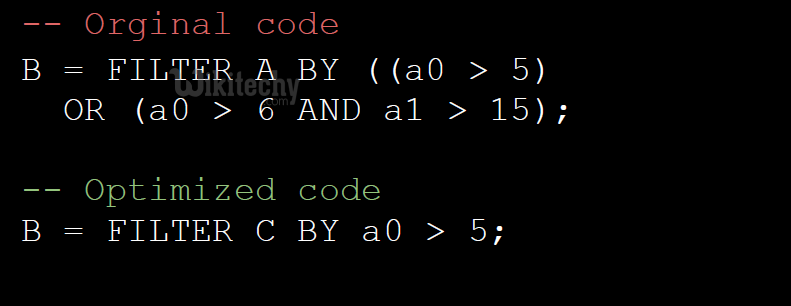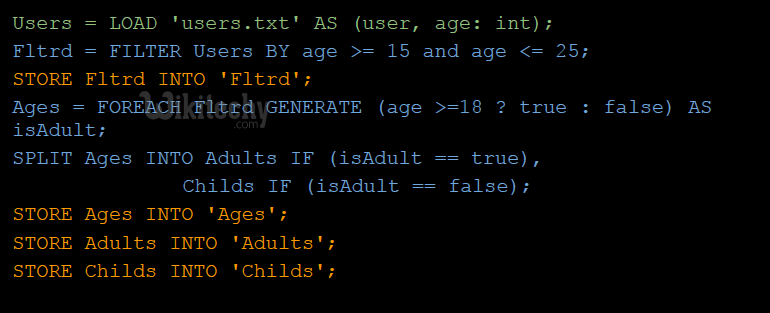Related Searches to pig optimizer
pig commandspig script tutorialpig scriptpig programmingprogramming pigpig apachepig mapreducepig architecturepig documentationpig examplespig join examplepig latin programhadoop pig commandshadoop pig examplesforeach generate pigstore command in pigpig tutorial apache pig tutorial hadoop pig tutorial pig latin tutorial learn pig pig hadoop pig tutorial point learn pig latin pig big data pig latin hadoop apache pig pig latin pig commands pig hive pig interview questions hadoop pig hive pig script how to learn pig latin pig and hive pig language pig tutorial pdf apache pig tutorial pdf hadoop pig examples pig store pig programming apache pig download pig data pig script example pig group pig storage pig in latin pig order what is apache pig how to read pig latin pig flatten pigstorage flatten in pig pig latin examples pig mapreduce apache pig commands pig commands pdf pig examples pig load pig code guide pig pig jobs store command in pig tutorial peppa pig peppa pig tutorial simple pig how to write in pig latin datapig pig latin program uses of pig 




